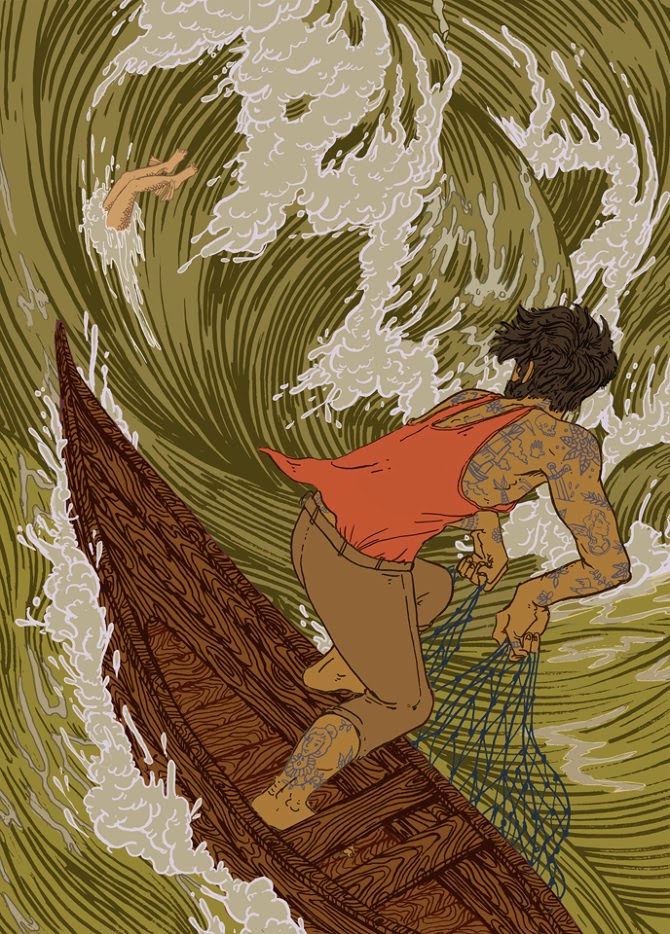I was completely blown away when I followed the breadcrumbs to this four day event, titled A Wilde Weekend. And it sounds... completely amazing.
First of all - it's a four day, multi-disciplinary Arts event (!), celebrating the life and works of Oscar Wilde, in various locations around beautiful Irish countryside and landmarks.
What does that mean?
It means there is a four day program filled with:
 - plays - full and partial
- plays - full and partial- readings & dialogues
- film presentations
- live music
- magical mystery garden tour
- a tour of an amazing period house, complete with scenes of Wilde plays in various rooms
- artwork
- photographs
- period costumes wherever you go with actors helping set the atmosphere
- period social events (like dinner parties under the stars as Wilde himself loved, hosted and attended)
- talks and discussions by experts and scholars
- community costumed picnics
- and more!
And - I have to include notice of two things:
One - they're GILDING A STATUE, just like The Happy Prince, and will be leaving it to the elements to flake off over time..!
Two - they're having a DINNER IN THE DARK, to simulate the silver mine dinner Wilde had in Colorado (the US). This will be a dining experience complete with blindfolds and pitch darkness to try your dinner, dessert and drink in...
I'm just astonished. It's EXACTLY the sort of immersive, Arts-based event I think people should experience - with excellence and professionalism on every level available to the public, from locations and presenters, to involving every sense (taste, smell, touch, sound, sight, and all the other ones too).
Even the whole PDF for this program is gorgeous (click on any of the side-by-side images shown above to see and read it full size). It's also huge - pages and pages - and I can't figure out how to embed the whole thing so I'm including some pages that may catch your eye. You can find the full, beautiful PDF HERE (just the program is creatively inspiring!).
The date is the Bank Holiday weekend (May 1st to 4th) and takes place in Enniskillen, County Fermanagh (Ireland) and you can pay to attend various events or for the whole weekend.
Here are all the links you need:
OFFICIAL SITE is HERE
Twitter is HERE
Facebook is HERE
PDF of the program and various events descriptions is HERE
And if anybody gets to go to any of this please tell us! I want to hear all about it. (And then I want someone to do a similar event close to where I am please!)
























































